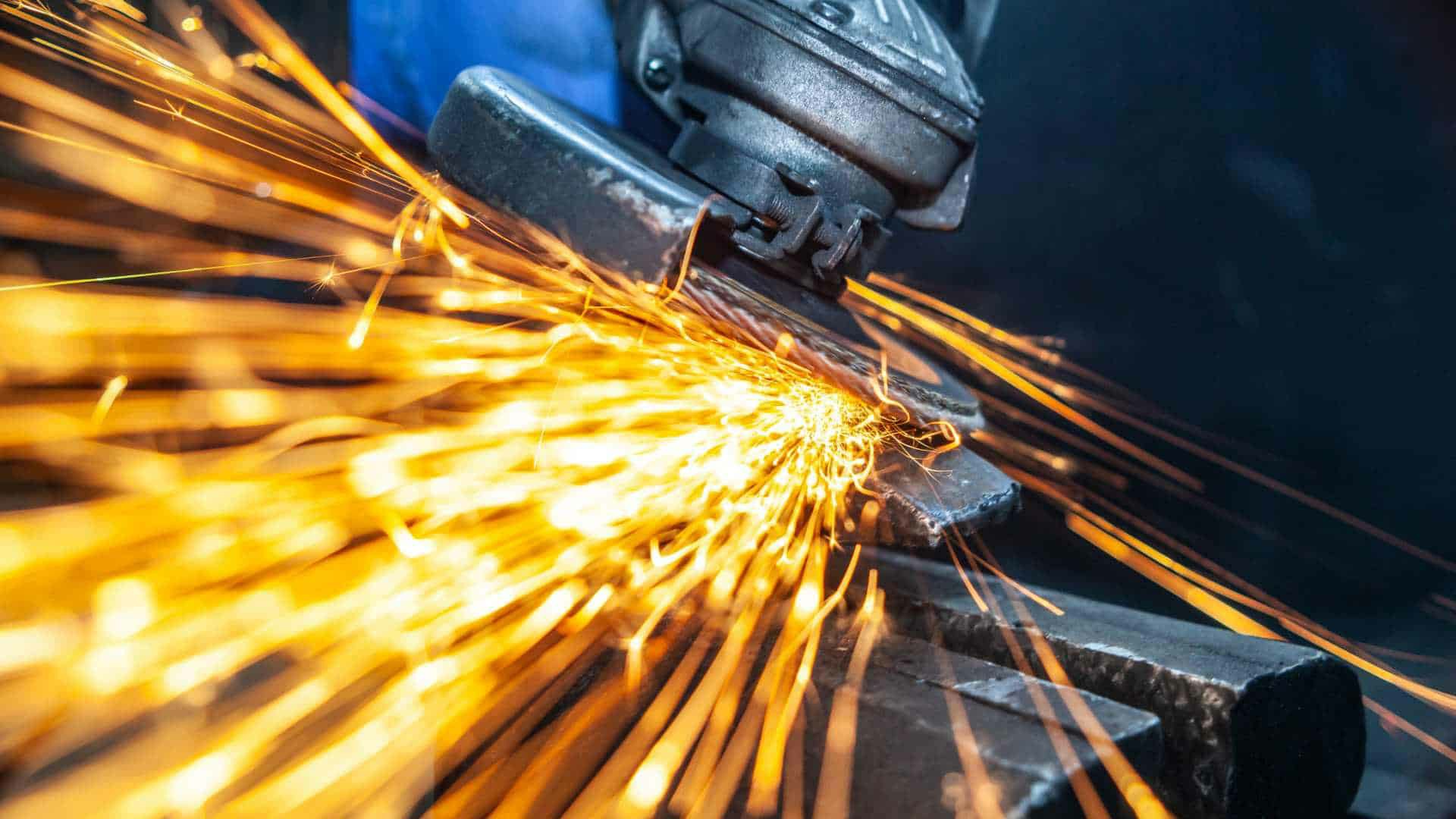


 349,500 Offered Certificates
349,500 Offered Certificates
 24/7 Online Training
24/7 Online Training
 Money Back Guarantee
Money Back Guarantee
 Fully Accredited Courses
Fully Accredited Courses

Created at: 22-02-2025 22:43
Abrasive wheels are essential tools across various industries, from construction to manufacturing. Understanding the different types of abrasive wheels and their applications is crucial for ensuring safety and efficiency in the workplace. This guide provides an in-depth look at these tools, their specific uses, and the associated risks, while highlighting the importance of proper training and certification.
Cutting wheels are designed for making straight cuts in various materials, including metal, wood, and masonry. They are commonly used in:
Risks: The primary hazards associated with cutting wheels include:
Grinding wheels are utilized to grind and polish surfaces, providing a smoother finish on metal, wood, and other materials. Common applications include:
Risks: Risks related to grinding wheels can involve:
Polishing wheels are used to achieve a high-gloss finish on various surfaces. They are often applied in:
Risks: When using polishing wheels, the following hazards may arise:
Abrasive wheels find their place in numerous sectors, including:
Understanding the risks is key to preventing accidents. Key safety hazards include:
Proper training is essential to mitigate risks associated with abrasive wheels. Here’s how:
To ensure safe practices, consider enrolling in an Abrasive Wheels course in Dublin, Cork, Galway, or Limerick. These certified programs provide:
Whether you work in Dublin, Cork, Galway, Limerick, Waterford, or any major city in Ireland, understanding the types of abrasive wheels and their associated risks is vital for workplace safety. By investing in certified training, you can significantly reduce the chance of accidents and ensure compliance with safety regulations.
Don't wait for an accident to happen! Contact us at [email protected] to learn more about our abrasive wheels training programs and enroll today!